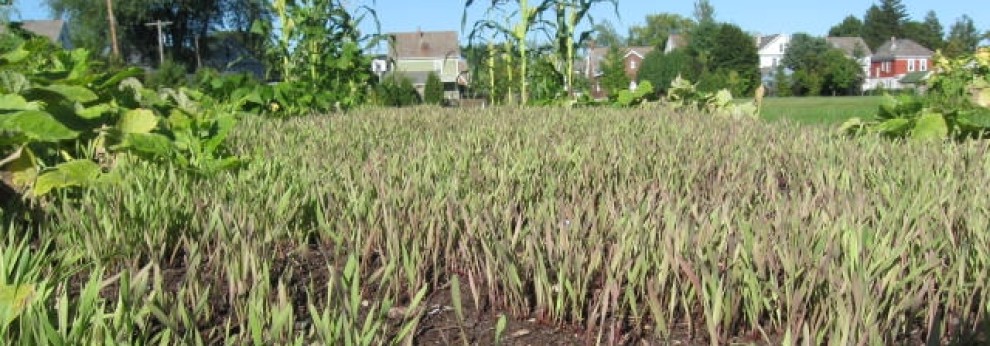 The U.S. surgeon general issued a stark warning this month that the nation’s youth are facing huge mental health issues and that although the Covid-19 pandemic has exacerbated the problem, it had been growing well before we first heard the word coronavirus. Other important voices, including the U.S. secretary of education and national organizations representing pediatricians, children’s hospitals and adolescent psychiatrists, have sounded similar alarms in recent weeks. And front-line educators who we talk with have their share of supporting anecdotes, and then some.
The U.S. surgeon general issued a stark warning this month that the nation’s youth are facing huge mental health issues and that although the Covid-19 pandemic has exacerbated the problem, it had been growing well before we first heard the word coronavirus. Other important voices, including the U.S. secretary of education and national organizations representing pediatricians, children’s hospitals and adolescent psychiatrists, have sounded similar alarms in recent weeks. And front-line educators who we talk with have their share of supporting anecdotes, and then some.
High on the list of important steps to take, these officials and well-placed observers say, should be funding research to better understand the causes of what just about everyone calls a crisis and resources to expand access to professional mental health care. Readers of “Last Child in the Woods: Saving Our Children From Nature-Deficit Disorder,” the 2005 landmark look at the intersection of child development and contact with nature, might also hope to see serious consideration of the book’s thesis. Author Richard Louv writes, “A growing body of research links our mental, physical and spiritual health directly to our association with nature – in a positive way.”
And Louv is hardly the only one making the connection. An April 2020 article in Monitor on Psychology, a journal of the American Psychological Association, says, “Exposure to nature has been linked to a host of benefits, including improved attention, lower stress, better mood, reduced risk of psychiatric disorders” and adds, “there is mounting evidence, from dozens and dozens of researchers, that nature has benefits for both physical and psychological human wellbeing.”
The point here is not to suggest that a walk in the woods is a quick fix for urgent personal crises. But the growing mountain of research connecting mental health and contact with nature is well in line with the adage, “An apple a day keeps the doctor away.” Or better yet, Ben Franklin’s “An ounce of prevention is worth a pound of cure.”
Long run, working hard to get young people outside more than they typically are today, as they were for nearly the entirety of our time on this Earth, could be awfully important. Short run, flora and fauna are available everywhere and mainly are free.
So, what does this have to do with school gardening and the Vegetable Project? For one thing, we have our own anecdotal experiences suggesting that exposure to nature makes a positive difference in how kids cope with life’s challenges. Then, this is what we offer. In December, in Upstate New York, we have been outside with classes planting tulip and daffodil bulbs. We help kids who don’t initially jump at the prospect of getting their hands dirty warm to the idea. We know how to help kids get comfortable around worms and insects. We have some success at helping unsettled kids gain some equanimity.
–Bill Stoneman



